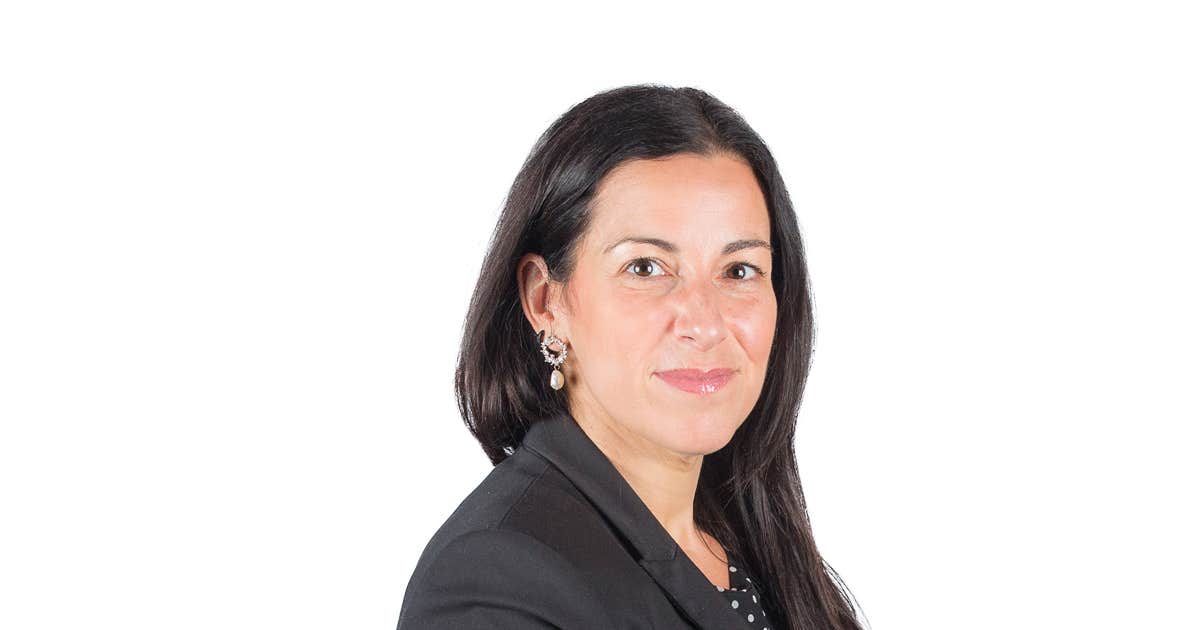June marks the end of the year for parents who have children in elementary or secondary school. If, like me, you are one of the lot, you know how busy these weeks are for family life. For those whose eldest is preparing to finish high school, questions regarding the disbursement of the Registered Education Savings Plan (RESP) inevitably emerge, often in parallel with the demanding festival of celebrations of the young graduate.
Let’s go over some useful answers together to help you get your bearings.
What happens during withdrawals?
First, the basics. RESP accounts are made up of contributions made by the subscriber(s), often the parents, but not always or only. Since they were made with money already taxed and do not allow a deduction from taxable income, these contributions can be withdrawn without tax consequences. On the other hand, educational assistance benefits (PAE) which include federal and provincial subsidies paid since the opening of the plan, as well as the return accumulated within it over the years, are taxable for the beneficiary (therefore the child studying).
To obtain PAEs, the financial institution that administers the RESP will generally require proof of school attendance and post-secondary education. If in the first session the amount is often limited to a maximum threshold, it is often possible to empty the RESP from the second session. Some “collective” plans have more restrictions regarding withdrawal possibilities. Ask the plan sponsor or representative who sold you the RESP about your options before designing your disbursement plan.
Disburse quickly or take advantage of registered status?
Since, in theory, the plan can be open for 35 years, parents often wonder whether they should hurry to empty the account or, on the contrary, let the investments accumulate tax-free returns. Obviously, if you need cash for your family living costs and education expenses, the question does not arise. On the other hand, if your current income means the opposite, here are some essential elements to determine the right rate of withdrawals.
A first decision-making element is your child’s study plan. Some follow a more traditional path and it will be easy to plan withdrawals over a certain number of years. Other more atypical paths would require a crystal ball to enlighten parents. If your child does not have a clear plan for his or her educational path and is currently attending a recognized educational institution, it may be prudent to request a withdrawal, especially if you have contribution room to a TFSA or a Unused RRSPs to transfer the investments you wish to keep. In this case, start with EAP withdrawals.
Then, the child’s taxable income may influence the decision, but less than you think. Young students are now working more and more and sometimes have relatively impressive incomes for their age. That being said, their income will likely be more modest in the years immediately following the end of high school. Once again, this element therefore favors, in theory, a fairly rapid withdrawal during college or professional studies. On the other hand, if you do not need the money invested in the RESP and you have no RRSP or TFSA contribution room to catch up on, it is better to keep the contributions in the RESP for a few more years rather than investing the withdrawals in a non-registered investment account.
While it is true that the child may have more tax to pay later, in many cases he or she will pay less tax than his or her parents for several years to come. The RESP is therefore an excellent tool for investing by allowing a form of income splitting between parents and children. So, as long as he does not graduate, tax efficiency remains, despite the child’s income. Each situation is obviously unique.
Am I already maximizing the subsidies offered for other children?
For families with less cash to invest, the RESP disbursement plan sometimes allows the same initial capital to be used several times to multiply the children’s grants. Indeed, if your children are a few years apart, the RESP disbursement plan should allow you to withdraw the required amount from the eldest’s RESP to contribute to the youngest’s RESP, and so on.
For example, you need $2,500 to help your elder for his session or year of study. You withdraw $5,000 and reinvest the difference to contribute to your brother’s or sister’s RESP. And so on, down to the youngest sibling. Be careful, however, in family plans, this strategy may be more difficult to apply if withdrawals and contributions are made in the same year. Discuss with your advisor and, if necessary, favor the individual RESP.
Finally, many parents fear, when contributing to the RESP, that their child will not pursue post-secondary education. This seems unlikely to me, but in the worst case the subsidies will simply be returned. Your contributions belong to you and the returns can be transferred to the RRSP, subject to the rights available.
